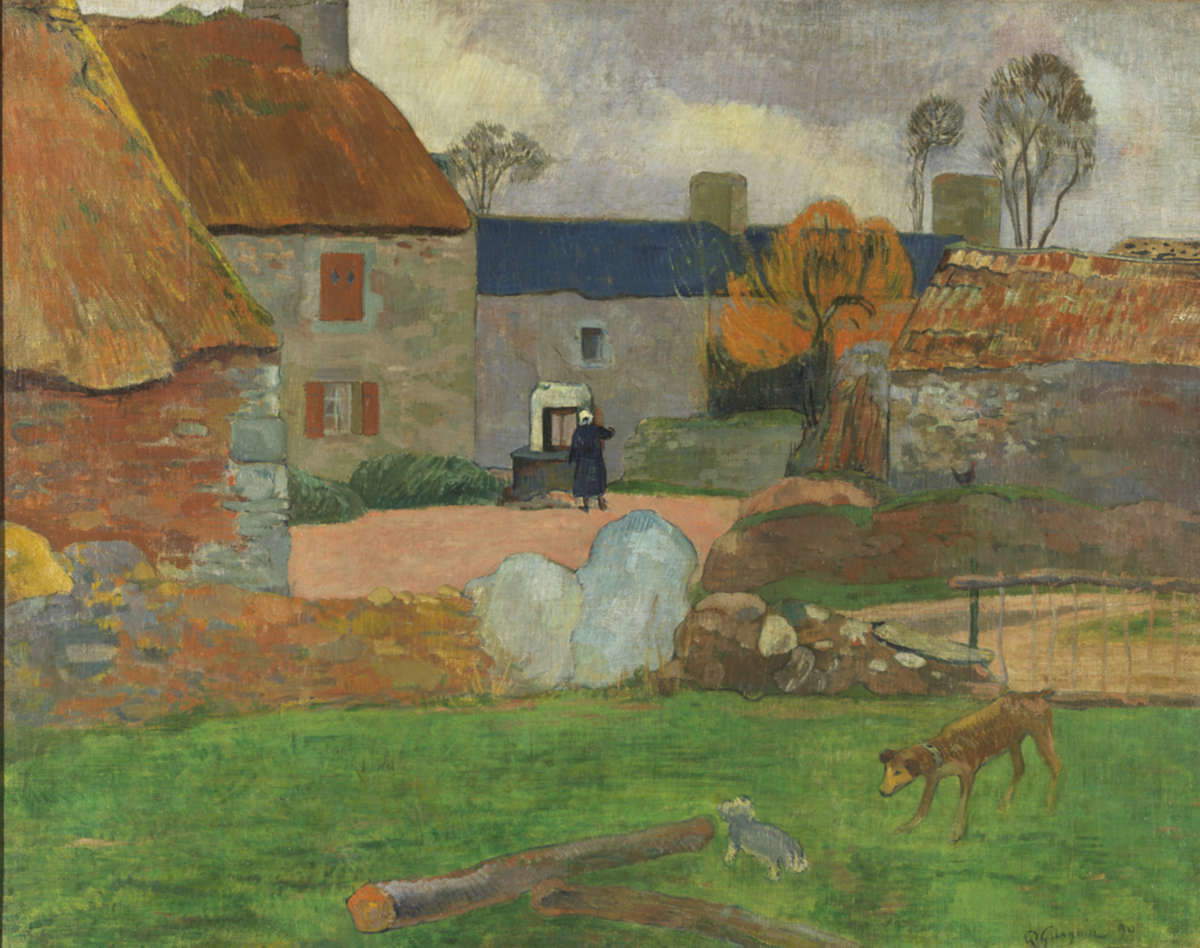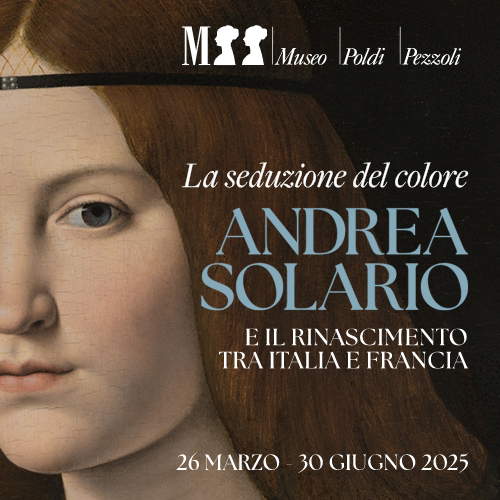For the first time, an Australian public museum purchases a Gauguin painting
An important painting by Paul Gauguin (Paris, 1848 - Hiva Oa, 1903) has been acquired by the National Gallery of Australia in Canberra , and so Australian public collections can now boast their first Gauguin painting. The work acquired is The Blue Roof also known as The Farm at Le Pouldu, painted in 1890. At the moment, The Blue Roof, which as mentioned is the artist’s first painting to enter an Australian public collection, is on display at the major exhibition Gauguin’s World: Tōna Iho, Tōna Ao. The exhibition, being held right at the National Gallery of Australia, traces Gauguin’s artistic journey and travels around the world, from his Impressionist beginnings in 1873 to his final destination in French Polynesia. The newly acquired painting, on the other hand, is a key example from his time in Brittany. After the exhibition, the work will become part of the National Gallery’s permanent exhibitions to be enjoyed by the public for generations to come.
The Blue Roof is grounded in an approach to color and freedom of expression that characterizes Gauguin’s later works. The picturesque scene of a country farm has a simplified structure and form, the composition divided into planes, with color used for definition. Gauguin’s bold use of orange, pink and blue was distinctly modern for a work produced in the late 19th century, foreshadowing developments in 20th-century art.
The work is one of a small number painted by Gauguin at Le Pouldu, a location on the Breton coast. In the center of the composition, a woman is depicted drawing water from a well, framed and almost submerged by the rustic farm buildings. Gauguin varied his brushstrokes to capture the sense of the rough surfaces of the stone buildings, thatched roofs, and surrounding vegetation. The composition centers on the figure of the woman, dressed in dark blue with a white cap, and the well. A distinctive blue roof, the one that gives the work its name, is characteristic of rural architecture in Le Pouldu, and two dogs in the foreground provide additional elements of interest.

From July 1886 until his departure for Tahiti in April 1891, Gauguin traveled regularly between Paris, the cities of Brittany, and the south of France, looking for ways to consolidate his style, as well as for places to live cheaply. He absorbed the region’s peasant traditions, music and especially woodcarving, and produced in-depth descriptions “of horizons, seeking that harmony of human life with animal and plant life through compositions in which I allowed the great voice of the earth to play an important part.” The images of peasant life, landscape and harvest scenes that Gauguin painted in 1889 and during the 1890s are some of the most radically simplified of his career.
The National Gallery houses seven Gauguin prints in the collection, the first of which was donated to the museum by renowned Australian artist Russell Drysdale in 1974. The acquisition of The Blue Roof was completed with the extraordinary support of the National Gallery of Australia Foundation. It will be displayed in the permanent collection galleries in late 2024.
National Gallery Director Nick Mitzevich said, "TheBlue Roof or The Farm at Le Pouldu by Post-Impressionist master Paul Gauguin is an important acquisition for the national collection. It captures a key moment in art history-the moment when the artist emerged as an intensely original master, taking Impressionist color schemes and transcending them to be bolder and bolder. As National Gallery, we aim to present Australian audiences with access to world-class art that inspires and educates. This work by Gauguin joins the top works in the national collection over the past 100 years, including those by artists such as Claude Monet and Mary Cassatt to Jackson Pollock and Louise Bourgeois. We are extremely grateful to the National Gallery Foundation for the generosity that made this acquisition possible."
 |
| For the first time, an Australian public museum purchases a Gauguin painting |
Warning: the translation into English of the original Italian article was created using automatic tools. We undertake to review all articles, but we do not guarantee the total absence of inaccuracies in the translation due to the program. You can find the original by clicking on the ITA button. If you find any mistake,please contact us.



























